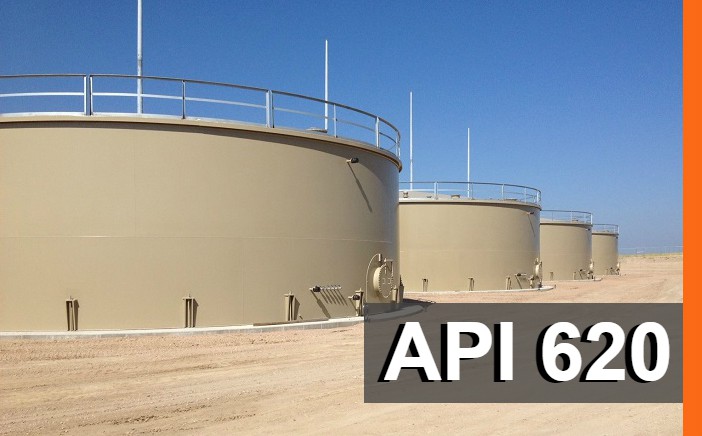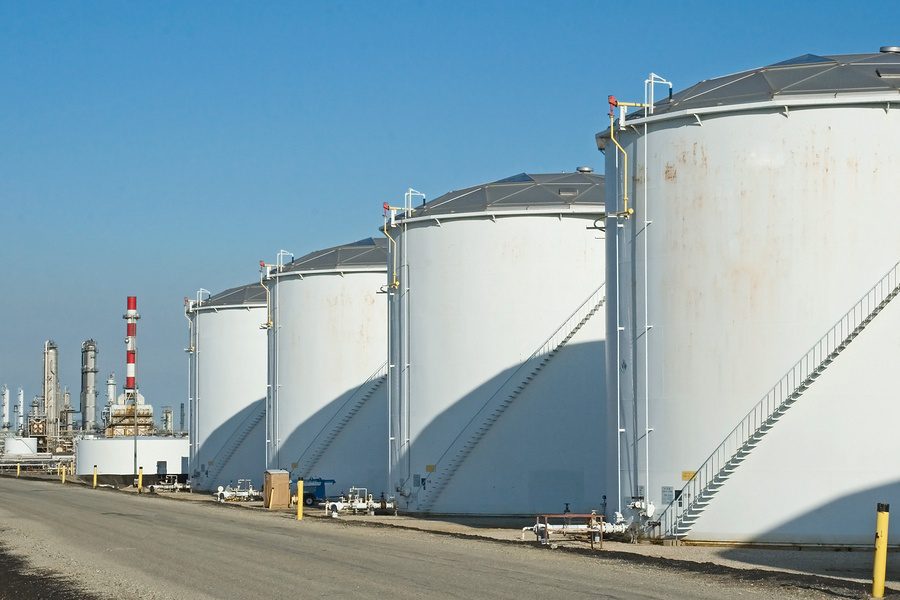A Step-by-Step Consider the Installment Process of Welding Examination Techniques
Welding assessment is an essential procedure that assures structural honesty and safety. The installation of examination strategies entails several organized actions, each integral to accomplishing dependable outcomes. From preparation and tool choice to performing visual and non-destructive tests, each stage needs careful interest. Recognizing these procedures can considerably boost high quality guarantee in welding tasks. What challenges arise in executing these methods, and just how can they be properly dealt with?
Recognizing the Relevance of Welding Inspection
Welding evaluation is a crucial element of making certain architectural honesty and security in building and construction and production processes. This method involves examining welded joints for flaws, making sure that they satisfy specific standards and regulations. By systematically gauging weld quality, inspectors can recognize issues such as splits, voids, and insufficient blend, which can endanger the stamina and resilience of frameworks.
The relevance of welding assessment prolongs past immediate safety concerns; it helps prevent pricey failures and potential hazards in the lengthy term. Reliable assessment techniques foster compliance with sector requirements, thus improving the total dependability of welded parts. In enhancement, a durable inspection procedure contributes to maintaining the reputation of producers and building contractors, as it assures customers of the high quality of their projects. Inevitably, comprehending the importance of welding evaluation is important for promoting risk-free building techniques and making certain the long life of vital framework and items.
Selecting the Right Devices for Evaluation
When selecting the suitable tools for inspection, it is vital to ponder the specific needs of the welding procedure and the materials entailed. Numerous inspection approaches, such as visual, ultrasonic, and radiographic screening, demand distinct tools tailored to their special needs. For visual assessments, devices like amplifying calipers and glasses are essential for examining weld top quality. Ultrasonic screening needs specialized tools capable of sending and receiving acoustic waves to find interior problems. Radiographic screening, on the other hand, uses X-ray or gamma-ray sources along with sensitive film or digital detectors to reveal disparities.
Furthermore, personal protective devices (PPE) is vital to assure the safety and security of assessors throughout examinations. Selecting the right tools not just boosts the precision of examinations yet also adds to the total honesty and security of the welding job. A comprehensive understanding of available devices and their applications is critical for reliable welding examination.
Planning for the Assessment Process
Prior to starting the evaluation process, it is important to develop a complete plan that lays out the extent and goals of the assessment. This strategy ought to include specific standards that define what comprises acceptable top quality in the welding job being checked. Identifying the pertinent codes and standards is essential, as they will direct the assessment standards and techniques.
In addition, workers involved in the assessment must be adequately educated and accredited in welding examination strategies to guarantee dependability and precision. A list can be useful in arranging the numerous elements of the inspection, ranging from tools readiness to environmental conditions that might influence the assessment.

Ultimately, logistical factors to consider such as organizing, readily available sources, and communication between employee must be resolved. By preparing systematically, examiners can improve the efficiency of the assessment and make sure that all essential variables are properly taken into consideration prior to continuing with the examination itself.
Performing Aesthetic Assessments

Conducting aesthetic evaluations is an important action in the welding assessment procedure, requiring cautious preparation to assure effective analysis. Examiners must know with key issue signs that can signify possible problems in weld high quality. By focusing on these aspects, one can enhance the general reliability of the examination results.
Preparing for Visual Inspection
Visual examination acts as a vital initial step in the welding assessment process, ensuring that any prospective defects are identified early (API 650 Welding Inspection). Correct preparation is necessary for effective visual assessment. Assessors should begin by examining pertinent documentation, consisting of welding procedures and specs, to recognize the task requirements. They should gather needed devices, such as multiplying glasses, flashlights, and appropriate personal protective tools (PPE) An extensive exam of the inspection area is essential; examiners ought to verify it is complimentary and tidy of obstructions. Additionally, it is essential to establish suitable illumination problems to enhance visibility of welds. By taking these preparatory steps, inspectors can develop a setting for determining inconsistencies and guaranteeing the honesty of the bonded structures
Trick Flaw Indicators
A detailed understanding of vital issue indications is necessary throughout visual evaluations to guarantee the quality and security of welded joints. Examiners should concentrate on details signs such as splits, porosity, damages, and insufficient fusion. Cracks might appear as sharp lines and can endanger structural integrity. Porosity shows up as little holes that can damage weld strength. Undercuts, which are grooves along the weld side, can lead to stress and anxiety focus. Insufficient blend suggests that the weld metal did not effectively bond with the base material, causing a weak joint. By systematically recognizing these flaws, inspectors can identify compliance with market requirements and boost the general reliability of welded frameworks, ultimately adding to safer functional conditions.
Applying Non-Destructive Evaluating Techniques

Various non-destructive screening read more (NDT) methods are useful source important to ensuring the honesty of welded frameworks without compromising their performance. These methods permit inspectors to assess weld top quality and discover problems without creating damage to the materials being examined. Common NDT methods include ultrasonic screening, radiographic screening, magnetic particle testing, and dye penetrant screening. Each method offers a specific purpose, resolving various types of defects such as splits, porosity, or insufficient fusion.
Executing NDT methods calls for an organized approach, beginning with choosing the proper approach based upon the materials and the nature of the weld. Educating employees in these strategies is essential for accurate outcomes. Additionally, establishing clear procedures and requirements assurances uniformity throughout the examination procedure. By incorporating NDT into the welding inspection workflow, organizations can boost the integrity of their items while decreasing possible dangers connected with architectural failings. This positive method eventually adds to preserving security and quality criteria in bonded buildings.
Documenting and Assessing Assessment Results
Effective documentation and evaluation of examination outcomes are vital components of the welding inspection procedure. Precise records of inspection searchings for function as a referral for quality control and conformity with industry criteria. API 650 Welding Inspection. Inspectors should make use of structured forms or electronic platforms to log details such as the kind of weld, evaluation approaches utilized, and any disparities determined during the assessment
Once information is gathered, thorough evaluation is important. This includes comparing outcomes against developed criteria to determine trends or reoccuring issues. Analytical tools may be utilized to measure defects and examine their effect on overall weld quality.
Additionally, effective interaction of searchings for to appropriate stakeholders is necessary. Recaps and records must be clear and succinct, highlighting essential insights and suggestions for rehabilitative activities. By systematically evaluating and recording inspection outcomes, companies can cultivate continuous enhancement in welding methods and boost item stability.
Regularly Asked Inquiries
What Qualifications Are Needed to End Up Being a Welding Inspector?
To become a welding assessor, one typically needs relevant accreditations such as AWS CWI, along with experience in welding methods, understanding of welding codes, and proficiency in inspection techniques to ensure high quality and security standards.
Exactly How Often Should Welding Inspections Be Conducted?
Welding assessments must be carried out frequently, commonly after each weld is finished, and occasionally throughout jobs. Aspects such as job website here intricacy, sector requirements, and regulative requirements can influence the regularity of these examinations.
What Is the Price of Welding Examination Solutions?
The expense of welding evaluation solutions varies substantially based upon aspects such as project complexity, size, and area. Commonly, costs range from $100 to $150 per hour, with added charges for specialized testing and certifications.
Exist Certifications for Welding Inspectors?
Yes, there are different certifications for welding assessors, including those offered by the American Welding Culture (AWS) and the International Institute of Welding (IIW) These accreditations assure examiners possess the needed skills and knowledge for efficient evaluations.

How Do I Select an Inspection Provider?
To choose an examination provider, one should assess credentials, experience, sector credibility, and consumer testimonials. Additionally, comparing solution offerings and rates can aid assure the picked copyright satisfies certain project requires effectively.
Additionally, personnel entailed in the evaluation needs to be adequately educated and licensed in welding inspection methods to ensure dependability and precision. Carrying out visual assessments is an essential step in the welding assessment procedure, calling for careful prep work to assure reliable analysis. Visual assessment offers as an important initial action in the welding assessment process, guaranteeing that any potential defects are recognized early. Reliable documentation and analysis of inspection outcomes are necessary parts of the welding examination procedure. Welding evaluations should be conducted regularly, generally after each weld is finished, and occasionally during projects.